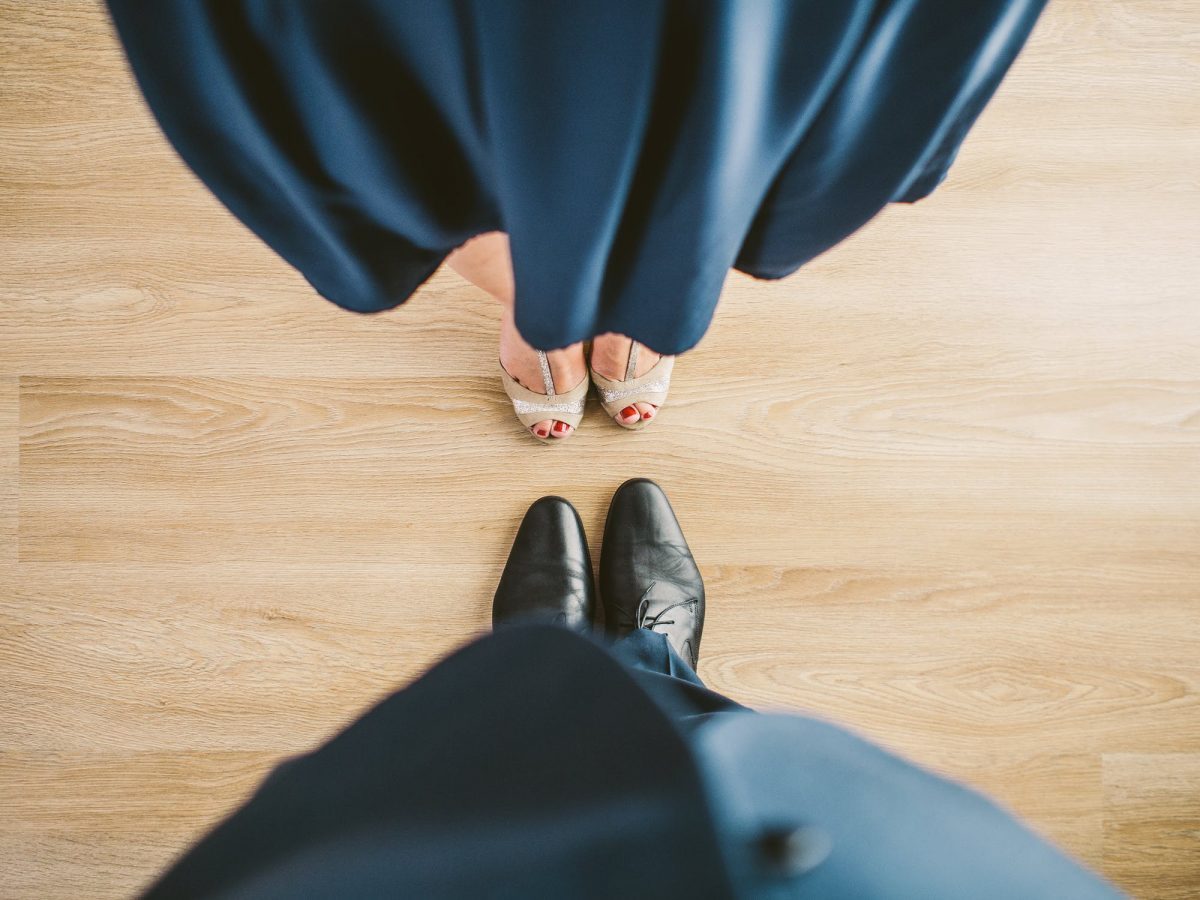Being successful at one’s work is more than just performing well, as many of us tend to discover over time. One of the things we tend to underestimate is making a favourable first impression. You might be right in assuming that over time people tend to change their attitudes towards others; however, what if you do not have time to win someone over, as you are likely to see a given person only once?
One of the things you could strive to manage is your dress code. Dressing for success should not be dismissed: are you more willing to listen to a doctor wearing a neat white lab coat, or tracksuit? The knowledge of a given person becomes perceived through our idea of how much expertise he or she seem to have. This way, clothing displays our credibility and contributes to impression formation. According to employers, professional attire is a strong predictor of receiving promotion. The way you look suggests how much you take care of yourself. In a similar manner, it can make an impression that you can take care of others, too.
Dress code has both advantages and disadvantages. For some people it means they do not have to worry about what to wear and what is appropriate. You trust the company made the best decision concerning your looks. On the other hand, if the company did not think it through, you might wear things that are very unfavourable for you, also in regard to your performance. Your attire can convey plenty of things: more casual is associated with friendliness; on the other hand, business clothing leaves an authoritative impression.
Since our society values physical appearance, use the first impression to help you build a relationship with your clients and colleagues. What is more, the way you dress can be an indication of your social skills, as well as help you build a public image. Here is a short overview of what different styles and attire choices might entail, depending on your job’s characteristics:
- in business environment, authoritative (formal) style is associated with being influential and powerful; it also makes an impression of being competent, productive and trustworthy
- business and business casual dress codes are mostly prefered in cooperative companies, both by employees and clients, as it conveys a message of being professional and competent
- however, dressing more casually and in bright colours is associated with creativity and friendliness; depending on the nature of your profession, these characteristics might be important and should not be ‘’hidden’’ by wearing formal, business attire
- think carefully whether you want to wear expensive designer clothing: if your clients are not likely to be able to afford what you wear, you might induce feelings of inferiority and discourage your client from seeking your services, as he or she might be right to assume your services are out of their financial reach
- if you are a waitress, consider wearing red lipstick; it has been found that wearing red colour makes you get tipped a lot more than without it
References
Cardon, P., & Okoro, E. (2009). Professional Characteristics Communicated By Formal
Versus Casual Workplace Attire. Business Communication Quarterly,72(3), 355-360.
Guéguen, N., & Jacob, C. (2014). Clothing Color and Tipping: Gentlemen Patrons Give More
Tips to Waitresses with Red Clothes. Journal of Hospitality & Tourism Research,
38(2), 275-280.
Gosia Cybulska is a Clinical Psychology Master student at Leiden University and an International Intern at Willingness. Besides her extensive love for Psychology manifested by volunteering at various facilities as well as pursuing a second degree, she also strives to learn more about what makes cats such adorable creatures.

